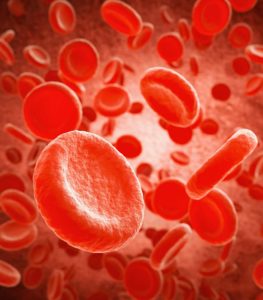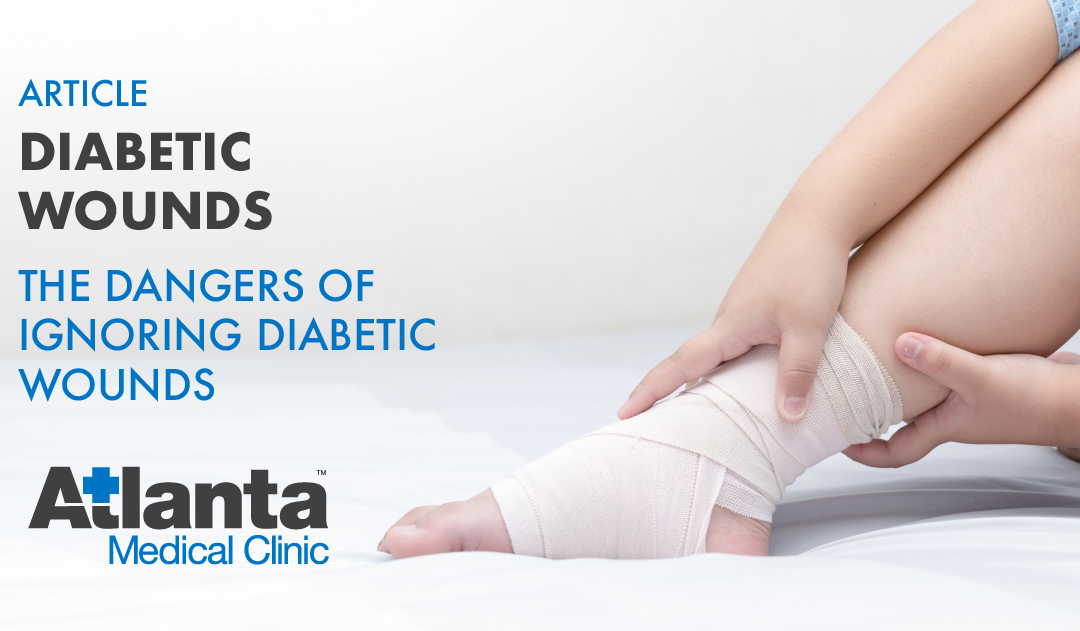Diabetes diagnoses are rising at epidemic rates, nearly doubling to almost 10% of the American population since the 1980s. Still another 85 million are living with pre-diabetic conditions, which can lead to the disease within 5 years. While many of us know about complications related to diabetes, like metabolic disorders, increased risk for heart attacks and stroke, kidney failure, and retinopathy which can lead to blindness, there isn’t as much understanding around issues like venous insufficiency and diabetic wounds. What causes diabetic wounds, and why is ignoring them so dangerous?
Reduced Sensation
A common condition caused by diabetes is peripheral neuropathy, which is damage to the nerves in the periphery of the body:
- High blood glucose levels damage the nerve endings that provide communication between the body and the brain.
- First feet and legs are affected, and then hands and arms.
- Damaged nerves lead to constant sensations of tingling or burning, sharp pain and hypersensitivity.
- Ultimately there is loss of sensation, muscle weakness, and loss of reflexes, balance and coordination.
 Reduced Blood Flow
Reduced Blood Flow
The high blood glucose levels associated with diabetes also causes Vascular Disease and venous insufficiency, increasing risk of stroke and decreasing blood flow around the body:
- Excess glucose in the blood damages blood vessels in the eyes, kidneys, and periphery of the body.
- Damage to the walls of the vessels can also lead to hardening of the arteries and stroke risk.
- Impaired blood vessels can’t transport blood and nutrients as well, leading to unhealthy, damaged tissues around the damaged vessels.
Reduced Healing Capacity
Diabetic wounds are those that start out as simple injuries to the skin on the feet or lower legs, but because of complications related to diabetes, they can quickly become emergencies that carry the risk of amputation or even death:
- Reduced blood flow to the skin damages its elasticity, making it easier for skin to break and be injured.
- The damaged nerves of peripheral neuropathy could prevent a patient from feeling an injury or break in the skin.
- Damaged blood vessels slow or even prevent the healing process because new nutrients aren’t brought to the damaged area because of constricted or impaired blood flow.
- Swelling and infection greatly increase the risk of amputation.
A 2018 paper published in the Journal of Foot and Ankle Research found an average survival rate of diabetic patients with foot amputations to be at around just 40% at 5 years post-surgery.
Are Diabetic Wounds Impacting your Life?
If your diabetic condition has led to sores that aren’t healing, there’s no time to waste in getting quality care and potentially life-saving treatment. At Atlanta Medical, we are leading the way in providing this effective support for diabetic patients in our community and are happy to answer any questions you have about how this treatment can work for you. Contact us today to arrange an appointment!

